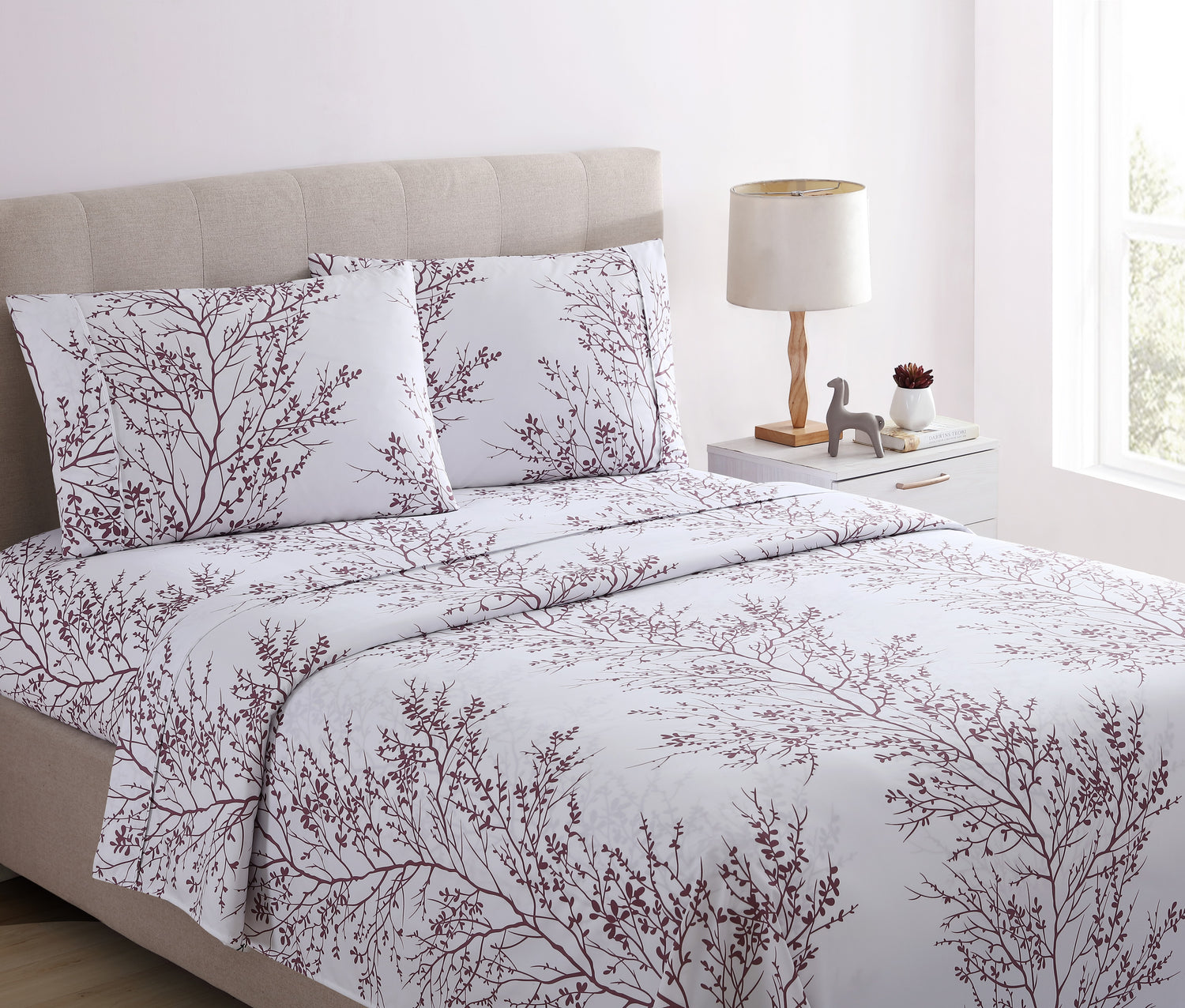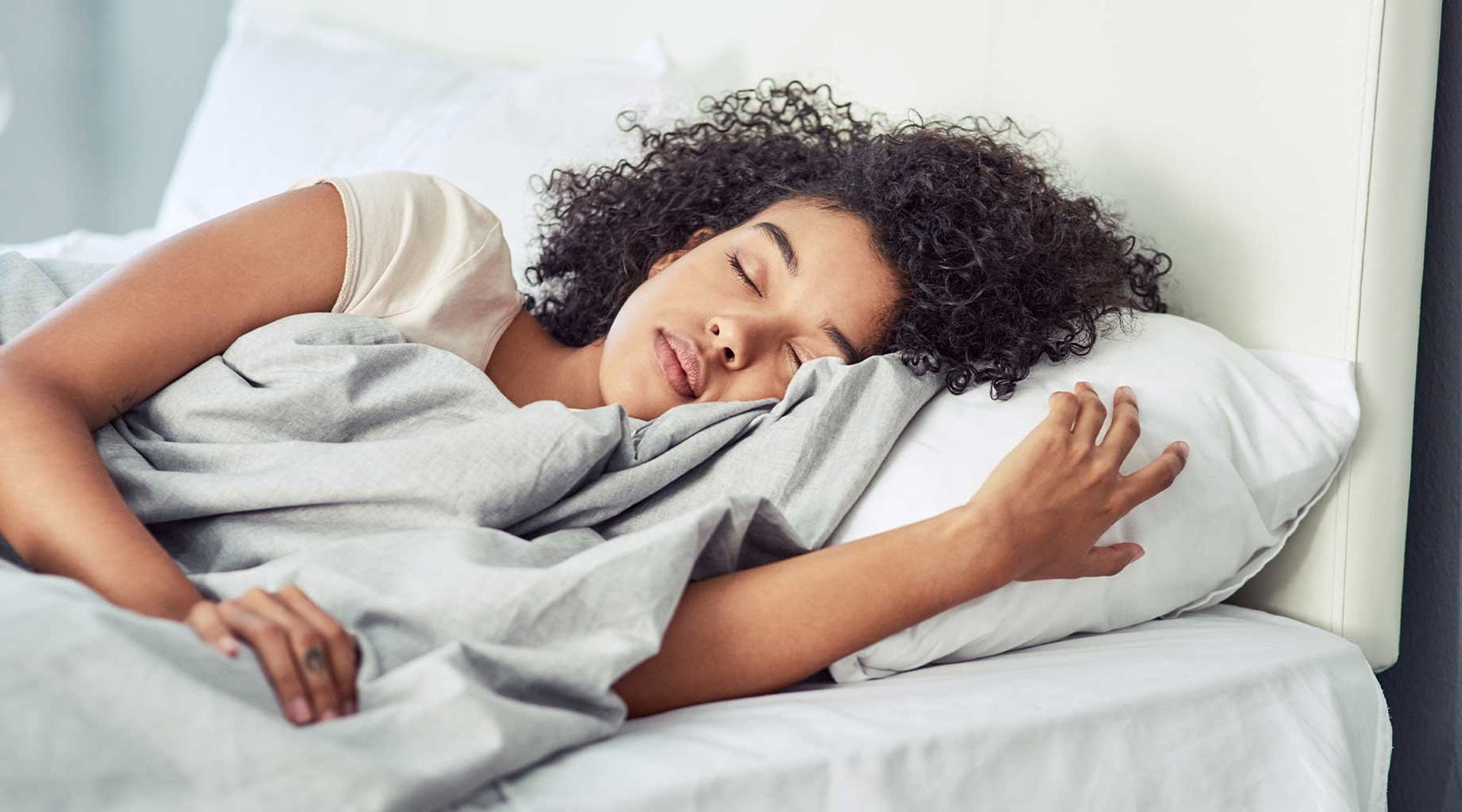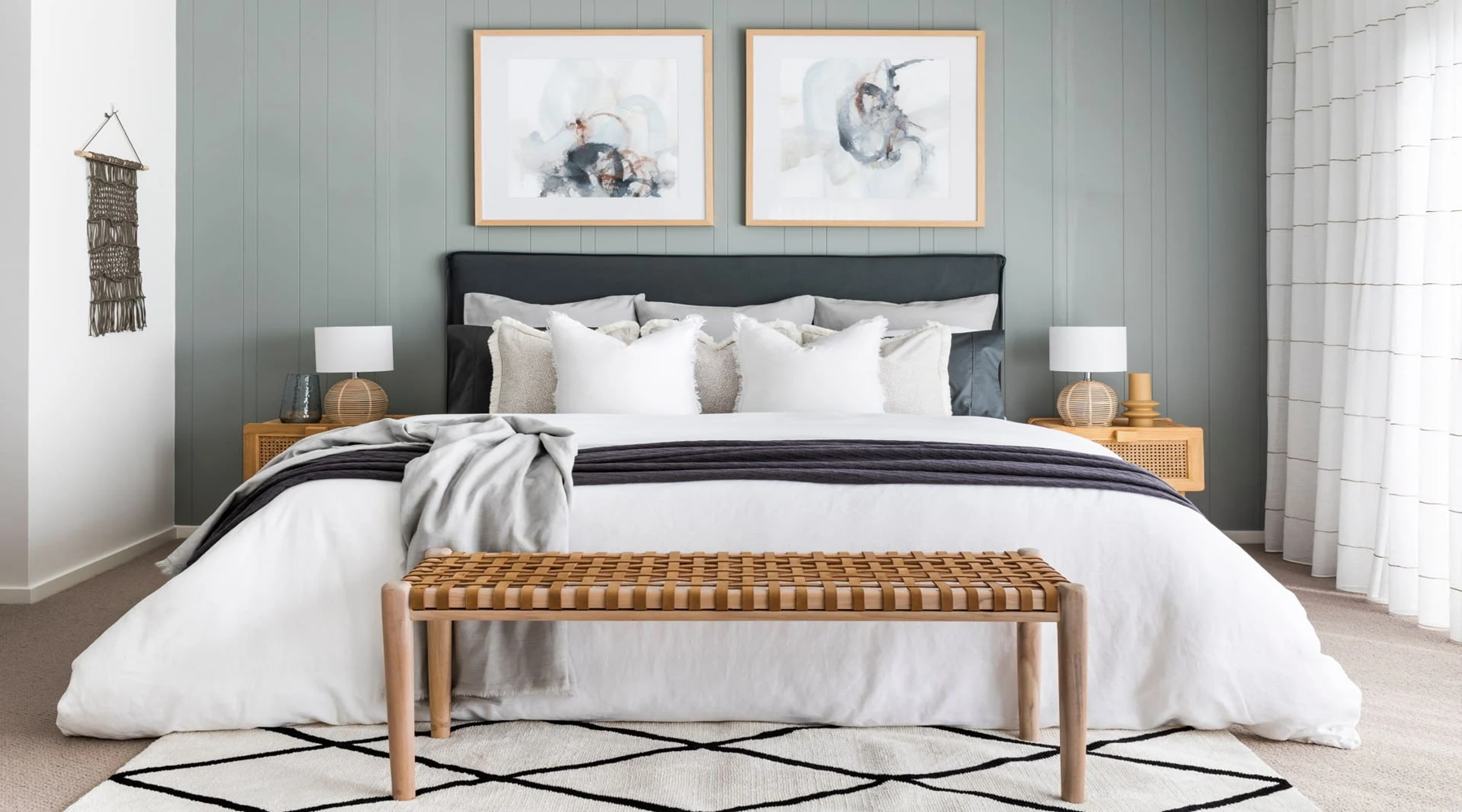Four things you need to know before investing in your next dreamy set—they may just be the best bed sheets you have ever slept on.
Stephen Cardino, who has been the home fashion director at Macy’s for 7 years and is a 25-year veteran of the bedding industry, weighs in on what you need to know to be certain you’re picking only the best bed sheets. Follow these tips—and try to shop at the best places to buy bedding—for a smoother, softer sleeping experience, stat.
Is Thread Count That Important?
Yes and no. Thread count is often used as the barometer of the best bed sheets’ smoothness and durability. However, this measurement—which should refer to the number of threads woven into a square inch of fabric—isn’t always reliable. High thread count is a factor, but the type of cotton can be more significant.
What’s The Best-Quality Cotton?
Top-of-the-line is 100 percent Egyptian cotton. Second best is 100 percent pima cotton, also known by the trademarked name Supima. If a label says simply, “100 percent cotton,” assume that it’s American upland cotton, a rougher, less expensive variety. Egyptian cotton’s long fibers produce sheets that are thin and sumptuous yet extremely strong and long-lasting. (The shorter fibers of upland cotton, by contrast, can poke out of the weave, leading to a coarser, weaker fabric.) Pima cotton is also soft and less likely to pill than upland cotton. You can find a good queen set made of pima for less than $200. If you want the best, you’ll invest about $500 in an Egyptian-cotton set in percale or sateen—both clean, classic weaves.
What’s Better, Percale or Sateen?
Neither. It’s a matter of taste. Percale is a plain, matte weave that has a crisp, cool feel, so it may be sensible for people who tend to get overheated when they sleep. Sateen is slightly heavier and very soft, with a lustrous, smooth finish that’s almost satiny—hence the name. If you’re not sure which you prefer, look for fabric swatches on display for a touch test.
Is There a Cheaper Option For Kids or for a Spare Set?
A cotton-polyester blend, often marketed as “easy care,” is a smart choice, since it withstands frequent washings well. A little poly is all you need—a 90/10 blend is durable, looks crisp right out of the dryer, and is still soft and cozy. But don’t go above 30 percent synthetic: The sheets won’t feel great and could make the sleeper sweat.
Conclusion
When selecting bed sheets, consider more than just the thread count. The type of cotton and the weave can greatly impact comfort, durability, and overall satisfaction. For the best quality, opt for Egyptian or pima cotton, and choose between percale and sateen based on your personal preference. For more budget-friendly options, a cotton-polyester blend can be a smart choice, especially for kids or guest beds. By understanding these factors, you can make an informed decision and enjoy a restful night's sleep.








Leave a comment
All comments are moderated before being published.
This site is protected by hCaptcha and the hCaptcha Privacy Policy and Terms of Service apply.